Nature-based Solutions for Sustainable Infrastructure
Circular Economy Approaches
for Disaster Mitigation and Recovery
Serena Caucci, Zeynep Ozkul

Rapid urbanisation is a key driving factor for developing safe and environmentally sustainable infrastructure technologies. With 68 per cent of the world’s population projected to live in urban areas by 2030, the question of how to provide infrastructure that can cope with the growing population amid the rising threats of climate change and environmental disasters has become a question to be addressed urgently.
For many countries, the fundamental challenge is to increase the resilience of infrastructure systems to manage the risk of climate change that intensifies the frequency and severity of natural disasters. As the largest economy in Southeast Asia, Indonesia’s infrastructure needs have soared in the last decade. Indonesia seeks to keep up with robust economic growth and cope with the increasing risks of disasters that threaten livelihoods and ecosystems in various regions of the country. But to maintain growth and social progress, efforts to fill the infrastructure gaps need to be strengthened in the country.

The United Nations supports the coordinated global effort on nature-based solutions (NbS) and sustainable infrastructure to provide sustainable solutions to the unfolding climate crisis. NbS are a key part of climate action and biodiversity conservation that improve socio-ecological benefits with a perspective of sustainable development. They are cost-effective, provide social benefits, and mitigate emissions that contribute to climate change. They support resilience-building strategies and sustainable infrastructure within urban systems especially when financial resources are limited.
Average temperatures and precipitation patterns due to climate change are likely to increase the number and severity of natural disasters – nature-based solutions help mitigate disaster risks and help communities cope with and recover from disasters.
NbS use natural ecosystem processes and functions to provide services that, for instance, help mitigate flood risk, reduce droughts, and alleviate the impacts of coastal tsunamis and other types of water-related disasters.
The key mitigation measures include flood risk reduction via riverine flood control and urban stormwater runoff and wastewater treatment. One way in which NbS can be used to protect regions from risks posed by droughts is through increasing and maximising water storage capacities and, thus, slowing the release of water. NbS provide pragmatic and long-term solutions to preserve natural ecosystems while answering the need for disaster management strategies that are more sustainable, robust, and cost-efficient than conventional approaches. Successful implementations of NbS show that such solutions facilitate climate-resilient systems and can be scaled up if they are fully valued and receive proper investment.


An interesting case study from Sudan shows that food security and disaster resilience can be enhanced through sustainable drylands management. In the face of increasing food insecurity in the region, the project used a combination of ecosystem-based measures (revegetation and ecosystem protection) and grey infrastructure (rehabilitation of a water retention structure) to increase food security to counter droughts and flash floods, while strengthening environmental governance at the local level. The efforts supported the local community to increase food production and become self-sufficient over time.
Nature-based solutions also provide an opportunity for tackling environmental pollution and reduce the spread of antimicrobial resistance – among the most serious and widely discussed global environmental and health problems currently. Antimicrobial resistance spreads in unlikely places: wastewater treatment plants. Treatment plants are hotspots for antibiotic-resistant bacteria and genes and medicinal compounds from clinical settings that end up in wastewater flow. Compared to traditional treatment methods, the use of constructed wetlands, a widely accepted nature-based solution for water management, is a cost-efficient and ecological way to remove emerging contaminants, antibiotics, and antibiotic-resistant genes from wastewater.
The use of NbS and sustainable infrastructure models in urban and peri-urban systems protect human health and freshwater ecosystems, mitigate the negative environmental impacts of water reuse activities, and achieve water that is fit for purpose. Advancing nature as a solution is a viable option for shifting towards the recovery of natural resources within urban infrastructure and closing the water, nutrient, material, and energy loops.
Ultimately, NbS appear as key elements to promoting a circular economy and counter the negative impacts of urbanisation if designed thoroughly and properly. A resilient circular economy concept can motivate sustainable consumption and production practices in harmony with nature.
Nature-based solutions address the three pillars of sustainability – environment, society, and economy – and directly connect to the UN Sustainable Development Goals (SDGs). They support vital ecosystem services, biodiversity, and access to freshwater, improved livelihoods, healthy diets, and food security from sustainable food systems. The positive contributions of NbS for water management are particularly evident in building resilient infrastructure, achieving sustainable industrial development, and fostering innovation (SDG 9).



Within this context, the National Symposium on Infrastructure Technology (NSIT), organised by the Gadjah Mada University in Jakarta, Indonesia, addressed the urgent need for reinforcing the mitigation and disaster recovery efforts for disaster management systems and infrastructure. Gathering academics, practitioners, and industry in the field, the Symposium discussed how to advance holistic and easy-to-apply technological knowledge and innovations to enhance the welfare and disaster resilience of Indonesians and the global society. Speaking at the conference, Dr Serena Caucci, Associate Programme Officer at UNU-FLORES, contributed to knowledge sustainable infrastructure technology for mitigation and disaster recovery as a step towards achieving a circular economy.
The effects of water-related disasters intersect with climate change and human activities, including industrialisation, population growth, and rapid urbanisation. This implies a change in the sectoral demand for water and increasing pollution. Increased damages due to growing water-related disasters may result. A change in human uses of water and water management interventions supported by nature are needed to reduce the vulnerability and to increase the resilience of ecosystems and populations exposed to these ill effects.
Developing a disaster management system capable of enhancing dynamic adaptation to climate change and mitigate its aggravated impacts provides a range of co-benefits like sustainable food, water, and energy security, and leads to an increase in social, ecological, and economic capacities of communities.
NbS are central tools to achieving the 2030 Agenda for Sustainable Development. Neither water security nor water-related disaster risk reduction can be achieved through business-as-usual approaches. Green infrastructure for water including NbS provides sustainable resource management options comparable to conventional greywater infrastructure. Nature-based approaches are often also the only viable solution when it comes to cost effectiveness.
Nevertheless, one solution need not exclusively replace the other. Instead, NbS and grey infrastructure should be coordinated in synergy to maximise the impact of natural resource management.


“Nature-based Solutions in urban and peri-urban systems contribute to the circular economy and counter the negative impacts of urbanisation with innovative infrastructure technologies.”
— Dr Serena Caucci,
Associate Programme Officer, UNU-FLORES

A paradigm shift is needed to lead the transformation towards sustainable and climate-resilient infrastructure. Interlinkages, synergies, and trade-offs among resource systems have to be considered when integrative approaches are applied. A nexus-oriented dialogue would pave the way. With the current ageing infrastructure and lacking grey infrastructure, opportunities for innovative solutions that consider the benefit of ecosystem services is timely, in the face of a high degree of environmental unpredictability. For that, the economic, environmental, and societal needs have to all be given their due consideration in the coordinated actions. Harmonising policies would allow co-benefits across sectors and speeds up the process for implementing large-scale integrative sustainable infrastructure.
UNU-FLORES promotes the Resource Nexus and looks at the interrelations between resources and their management from research to implementation. Through its initiatives, it aims at strengthening the Resource Nexus within policymaking processes for sustainable development.
Photo credits (in order of appearance): Pixabay/Free-Photos; iStock/Syahrir Maulana; Unsplash/Markus Spiske; Pexels/Tom Fisk; Unsplash/Mohamed Tohami; Unsplash/Joshua J. Cotten; Pexels/Czapp Árpád; Unsplash/Misbahul Aulia; Pixabay/Hermann Hammer; Unsplash/Kelly Sikkema
